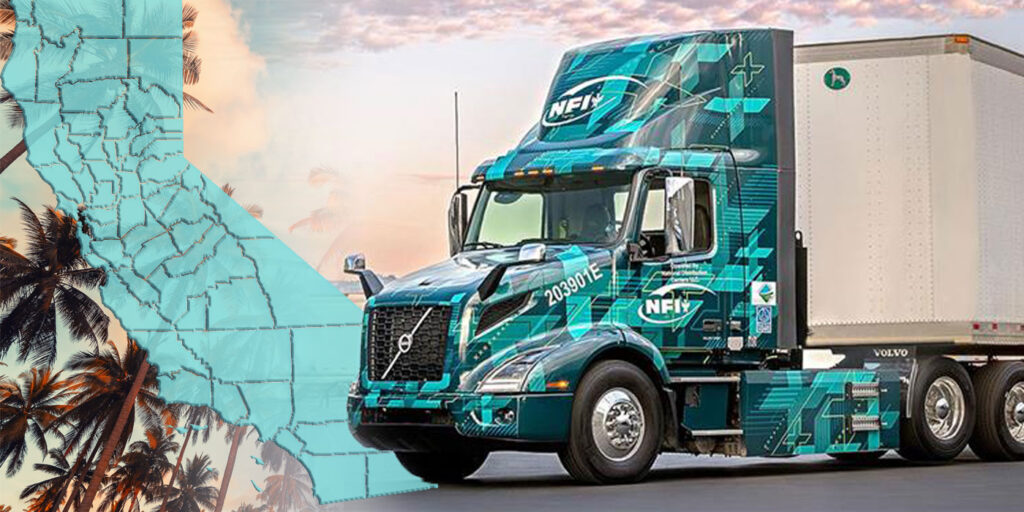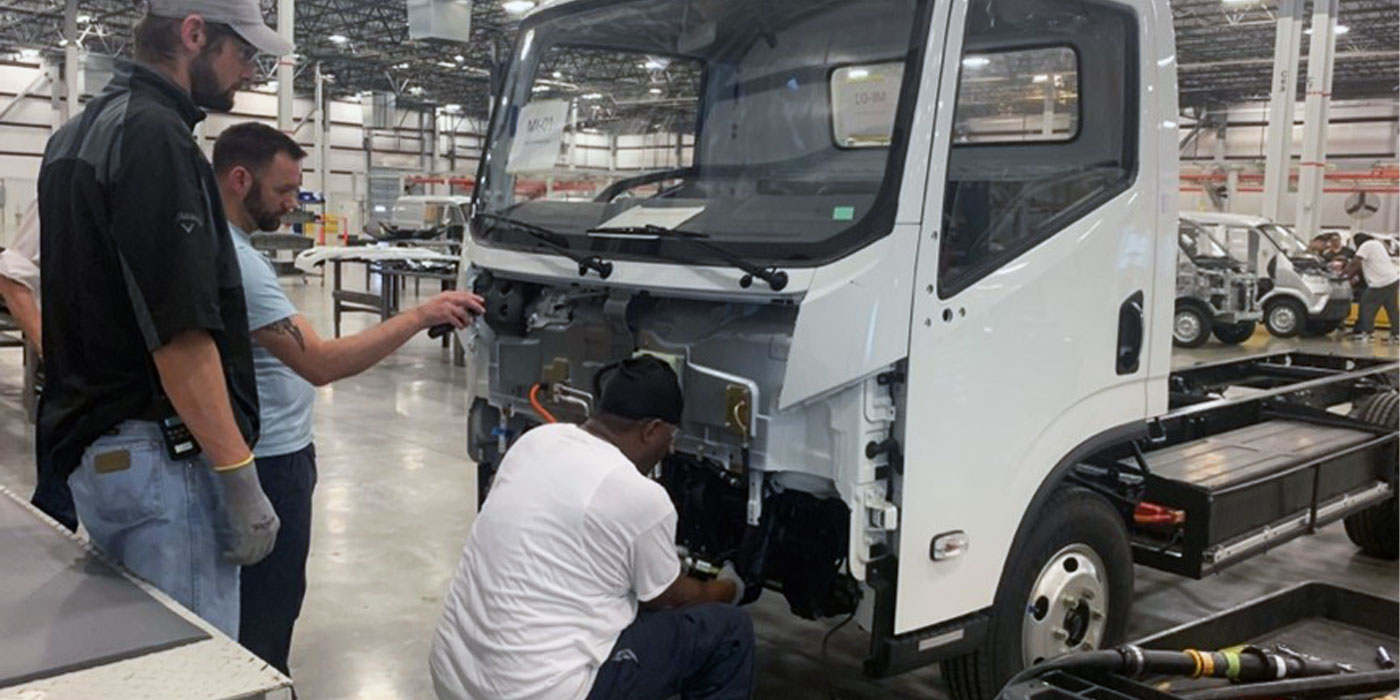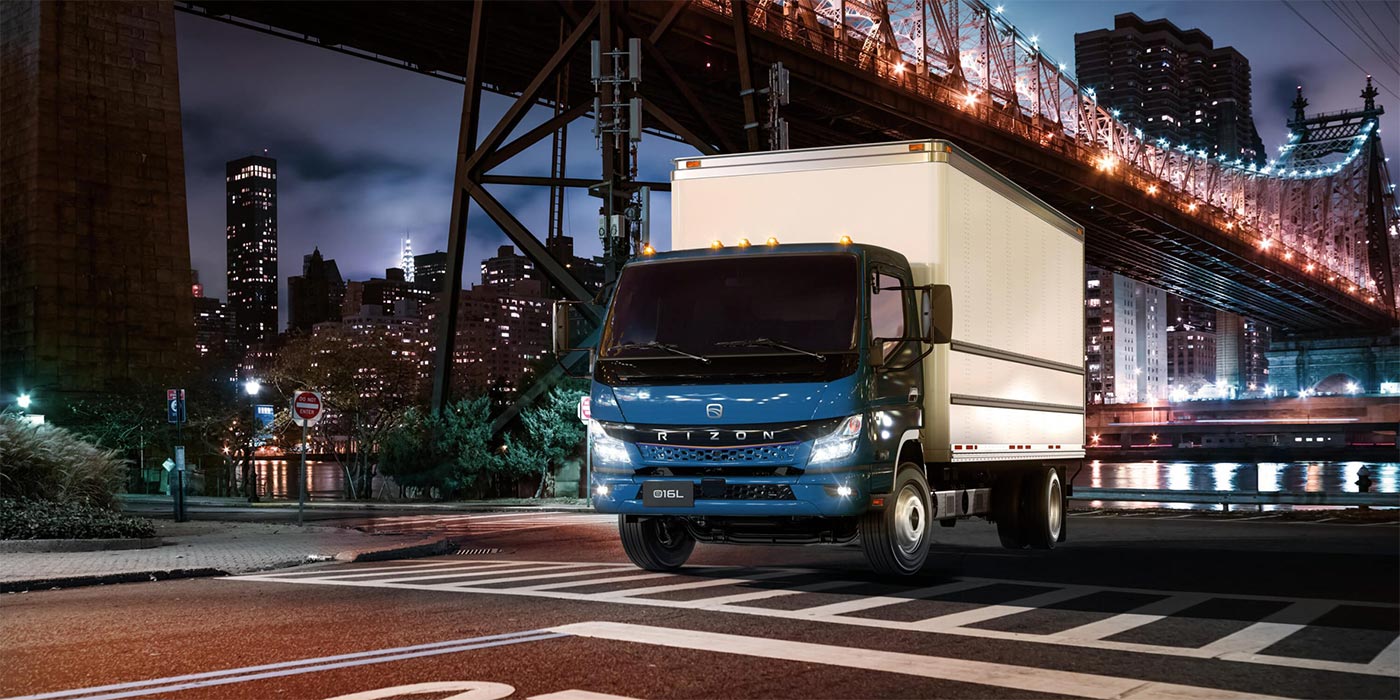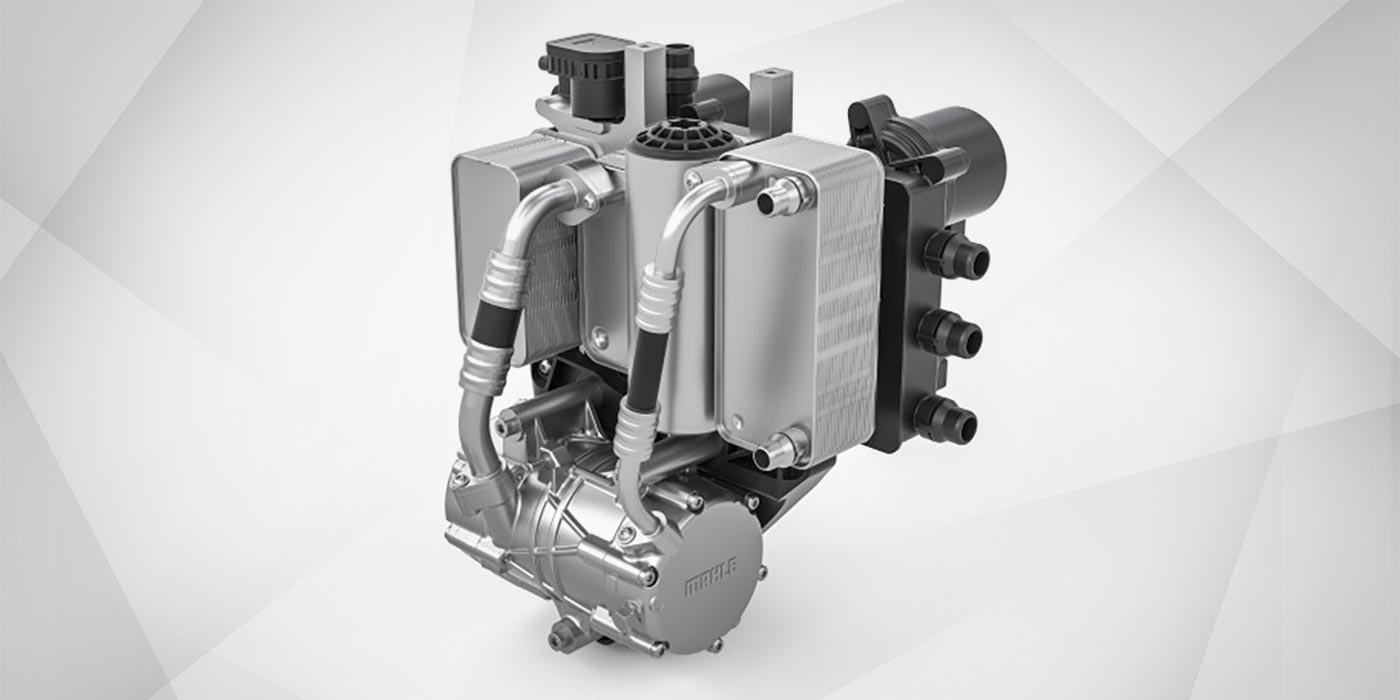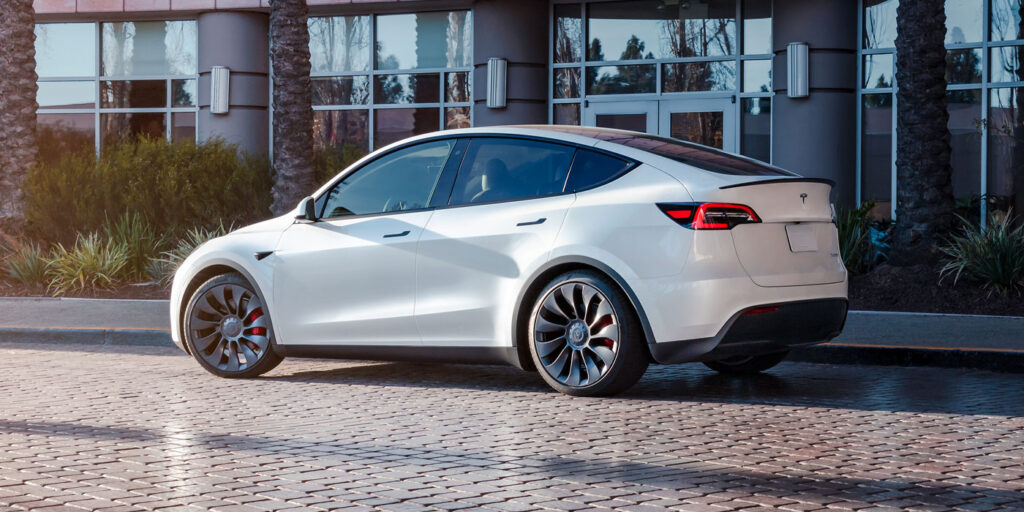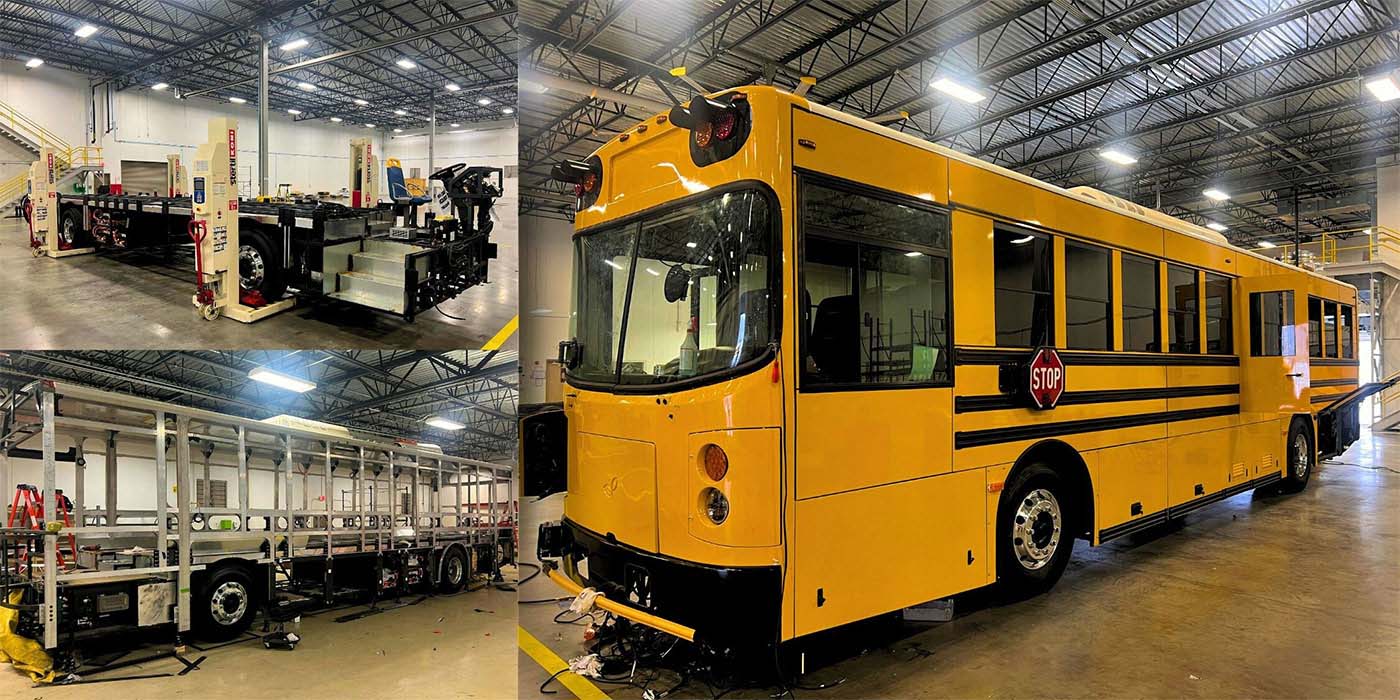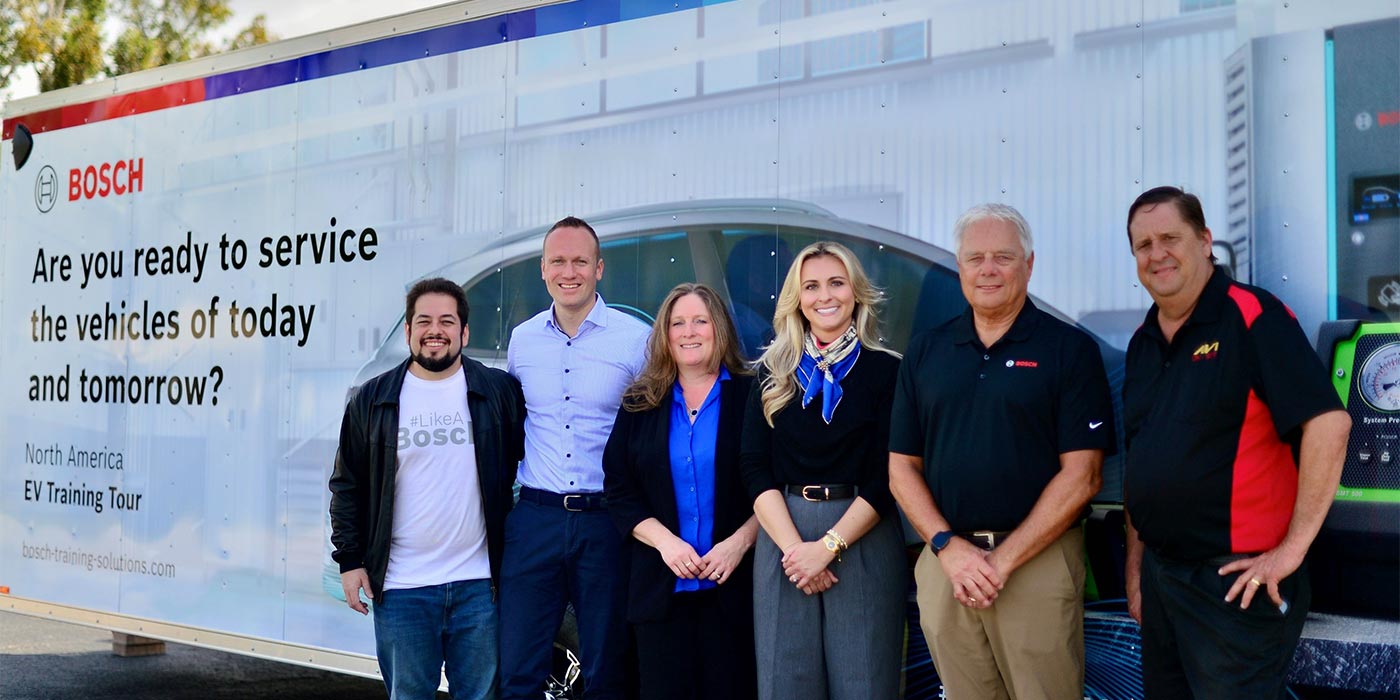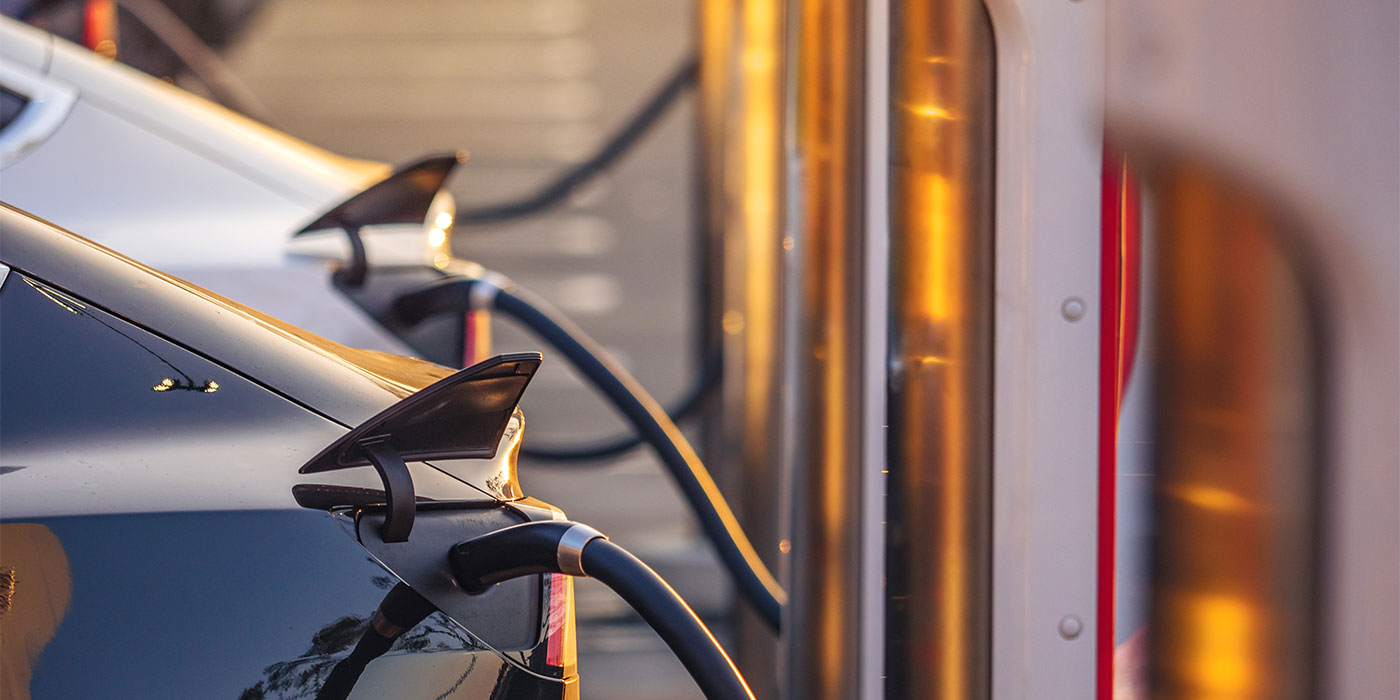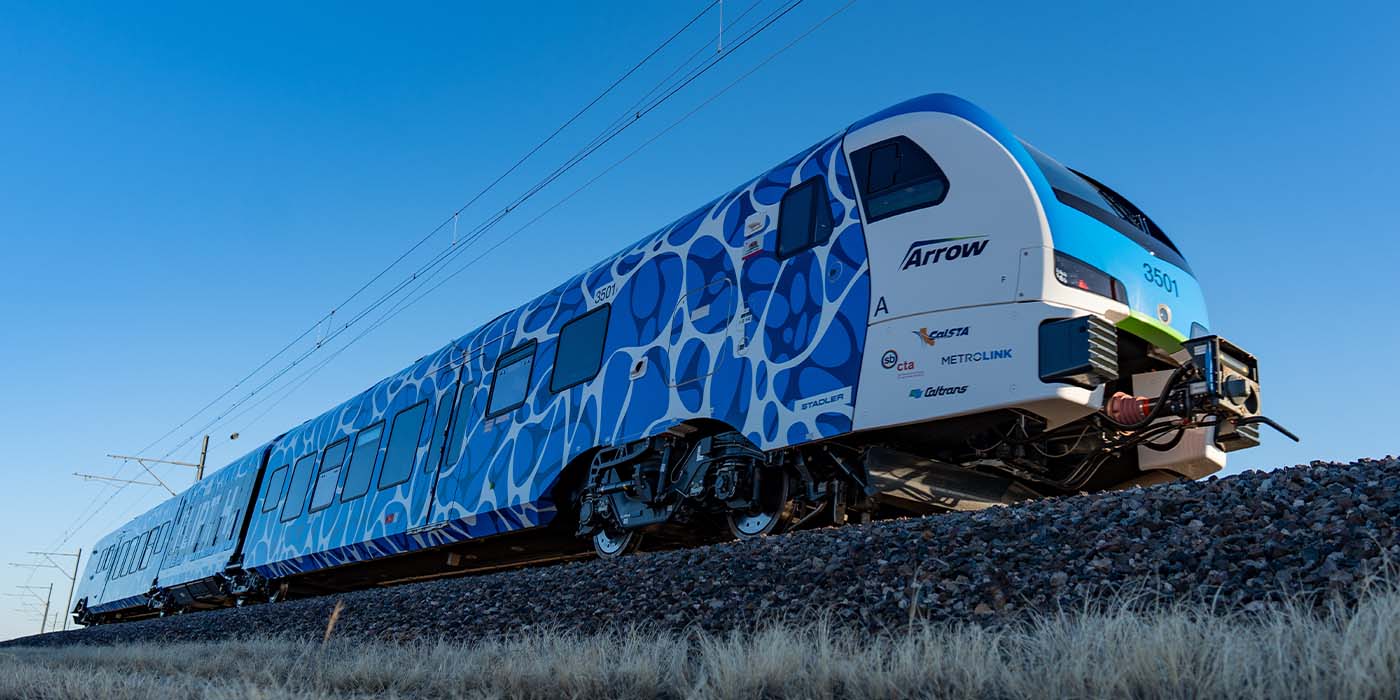Remember those kids in the 1989 movie “The Wizard” who really, really wanted to get to California? (No? It’s fine –obscure reference.) Today, you’ll find some of the world’s largest automotive manufacturers who’ve established zero-emissions goals over the coming decades feeling the same way. If you want to test EVs, out west is the place to be.
But why? Is it because California is a hotbed of hot-headed EV hype, a western mecca for the nation’s “free-thinking” vehicular experimenters to throw caution to the wind with crazy zero-emissions strategies that “might just be crazy enough to work”?
You’ll actually find that most manufacturers flocking to California to run their EVs not only have millions of dollars invested in seeing their zero-emissions technologies succeed, but they have some very intelligent people running their EV-related programs. And, those people have very specific reasons for choosing California. It comes down to state programs and organizations being willing to go beyond supporting zero-emission vehicles, taking the next step to support the zero-emissions ecosystem surrounding everything those vehicles are expected to do.
One of the groups leading the charge (ha, electrification pun) is CALSTART, a California organization that works to build a high-tech clean-transportation industry that creates jobs, cuts air pollution and oil imports and curbs climate change. The group recently debuted its report on zero-emission trucks (ZETs) titled “Zeroing in on Zero-Emission Trucks,” which provides insight on ZET market trends as the industry prepares for an injection of federal funding for charging infrastructure, and California prepares to release an additional $873 million in purchase incentives for commercial vehicles and infrastructure.
The report states the number of available ZET models has increased 625% from 2019, many of those concentrated in states that have supportive policies and regulations or have received federal funds for ZET purchases. This, combined with California’s geographic importance to the U.S. supply chain as a whole (the ports of Los Angeles and Long Beach together bring in 40% of all goods shipped to the U.S. by water), makes the state a red-hot spot for the latest electric trucks to stretch their wheels. Meanwhile, OEMs who want to be leaders in electrification rake in the data for more effective decarbonized R&D down the road.
According to the U.S. Environmental Protection Agency, the nation’s largest source of all greenhouse gas emissions is transportation, but trucking executives plan to change that with strict decarbonization goals. It’s that ecosystem – headlined by California’s incentives and infrastructure – that is attracting the trucking industry out west like ants to a discarded lollipop.
“California has been a world leader in their approach to market transformation, of commercial vehicles to zero-emission technologies,” says Cristiano Façanha, global director of CALSTART’s Drive to Zero program, which works to accelerate the growth of global zero-emission commercial vehicles. “It is the combination of ambitious targets, strong regulations and targeted incentives that really is the secret sauce for market transformation.”
If they build it, they will come
While many of the nation’s states aren’t interested in being on the front lines of EV infrastructure (though the Biden Administration hopes to change that with a recently-announced $5 billion investment), organizations like CALSTART believe EV infrastructure is a big ol’ carrot the state needs to attract big business to California.
One of the latest examples of this was announced in January when CALSTART and The Electric Power Research Institute (EPRI) were awarded $13 million from the California Energy Commission (CEC) to jump-start California’s high-power charging infrastructure for medium- and heavy-duty vehicles. With this, the organizations plan to launch the country’s first zero-emission, freight-charging corridor network by developing high-power chargers that can provide trucks 100 miles of range in less than 10 minutes.
CALSTART says there are currently 145 zero-emission models available for purchase across over 30 manufacturers, but without the infrastructure to back them, there just isn’t much incentive for fleets to take the zero-emissions leap.
Speaking of incentive… infrastructure isn’t the end-all, be-all of EV adoption; these ZETs are pricy. But there are organizations in California like The California Air Resources Board (CARB), and its Hybrid and Zero Emission Truck and Bus Voucher Incentive (HVIP) program, providing point-of-sale vouchers to make advanced vehicles more affordable. In December, CARB announced its latest round of funding increased by over $500 million for 2022. A good sign for those who want electric trucks, as its latest voucher request period in late October of 2021 opened and closed in just nine minutes, indicating the supply of EV support is not meeting the demand for EV adoption, even on the west coast. That’s not stopping OEMs from supporting the cause, though – not by a long shot.
How the trucking industry is doing its part
Let’s look at a use case: Volvo Group North America. Dawn Fenton, the company’s vice president of government relations & public affairs, recently sat down with CALSTART to discuss what lessons California can teach the rest of the world about accelerating the adoption of zero-emission commercial vehicles. As someone who has invested her time in the Volvo LIGHTS project since it was but a mere seed of an idea, she’s perhaps the absolute-most-perfect person to speak on this topic. Volvo LIGHTS (Low Impact Green Heavy Transport Solutions) is a collaboration between the South Coast Air Quality Management District, Volvo Trucks, and other organizations to pioneer a range of vehicle, charging, and workforce development innovations critical for the commercial success of battery electric trucks and equipment.
“Sales mandates without the complete ecosystem of other public policy and funding programs just can’t succeed. Nevertheless, we’re really encouraged by the state’s expanding effort to create a complete ecosystem of support,” Fenton says. “We see this through the increased coordination between the different California government agencies and with stakeholders. You see it through more robust funding for vehicle rebates and for the charging infrastructure, and various initiatives and legislation like streamlining permitting.”
Together, these efforts provide a great model for addressing many of the obstacles at play regarding mainstreaming EVs into the marketplace, she says, adding that Volvo’s successes and lessons learned with the LIGHTS project has influenced some of the company’s other zero-emissions strategies, such as the formation of cellcentric, a joint venture with competitor Daimler Trucks made to “accelerate the use of hydrogen-based fuel cells for long-haul trucks and beyond.”
“We’ve taken these lessons from Volvo LIGHTS to help facilitate and structure our strategy of integrating these vehicles in the marketplace in other places like New York and North Carolina and Colorado. We have not only applied some of the lessons geographically, but also across our product lines,” Fenton says.
Now, Fenton says Volvo is further extending these lessons into other electrified products in the company’s portfolio, such as those in the construction industry or transit buses.
“Volvo LIGHTS has really emphasized that our core commitment to safety, quality and environmental care, taken together with working together with our partners and stakeholders, is really going to be fundamental to the success of changing this industry.”

